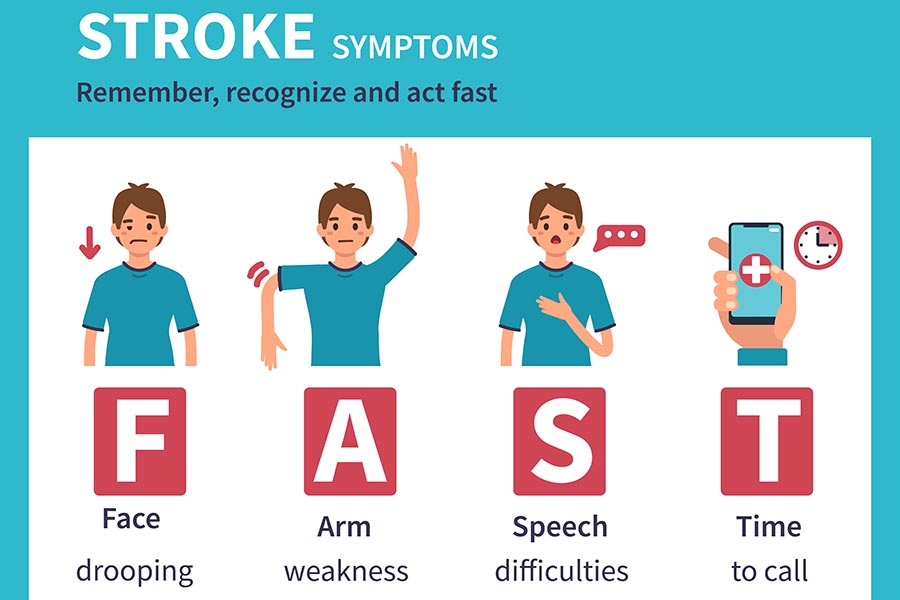How to spot the warning signs of a stroke
Every 40 seconds, someone in the U.S. suffers a stroke. It’s an alarming statistic, and although a stroke can happen at any time, a person’s age is a significant factor. In fact, the risk of having a stroke doubles each decade after the age of 55.
For seniors and their loved ones, learning to spot the early signs can be lifesaving.
Use the acronym FAST in a medical emergency.
Face: Ask the person to smile. Does one side of the face droop?
Arms: Ask the person to raise both arms. Does one arm drift downward?
Speech: Ask the person to repeat a simple phrase. Does their speech slur or sound strange?
Time: If you see any of these signs, immediately call 9-1-1. It is important to track when the first symptom occurs because it can affect the treatment implemented.
During a stroke, other sudden symptoms may appear. The National Stroke Association says to look for the following:
- numbness or weakness in the face, an arm or a leg, especially on one side of the body
- confusion, trouble speaking, and/or understanding
- trouble seeing in one or both eyes
- trouble walking, dizziness, loss of balance or coordination
- a severe headache with no known cause
Suffering a stroke can lead to long-term disabilities, particularly for seniors, including muscle weakness, partial paralysis and limited mobility. Patients may require specialized care and assisted living, which can be a difficult transition for seniors and their loved ones.
At Generations Senior Living, we can help seniors and their loved ones explore their options. We strive to create an easy and comfortable transition for seniors to live life to the fullest with the care that they need. Contact us today to learn more.
